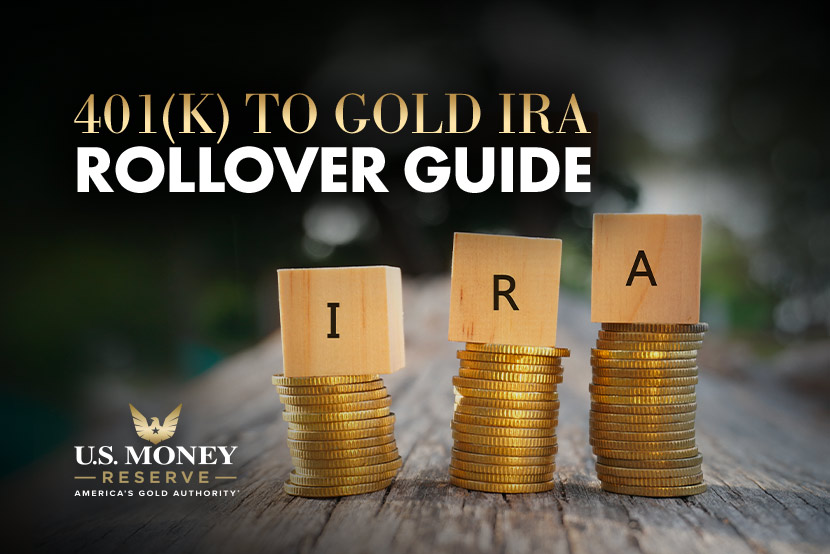Lately, the idea of transferring Particular person Retirement Accounts (IRAs) into precious metals, particularly gold, has gained important traction amongst traders. This trend is basically pushed by financial uncertainties, inflation fears, and a need for diversification. This observational research article aims to discover the motivations behind this transfer, the method involved, and the potential benefits and drawbacks of holding gold inside an IRA.
The Rationale Behind the Switch
The primary motivation for transferring IRA funds to gold stems from the perceived stability of precious metals during economic downturns. In contrast to conventional investments resembling stocks and bonds, gold has historically maintained its value, serving as a hedge towards inflation and forex devaluation. Observational information indicates that during intervals of economic instability—such because the 2008 monetary crisis and the COVID-19 pandemic—investors flocked to gold as a protected haven.

Furthermore, the rising volatility of world markets has led many traders to hunt various assets that may present a buffer in opposition to market fluctuations. reliable gold ira company reviews, being a tangible asset, presents a way of security that paper property may lack. This remark is supported by a survey carried out among traders, where a big percentage cited financial uncertainty as their major purpose for considering gold investments.
The Strategy of Transferring IRA Funds to Gold
Transferring IRA funds to gold isn't a easy course of and entails a number of steps. Step one is to establish a good custodian that focuses on self-directed IRAs, significantly those that allow for the inclusion of valuable metals. When you loved this short article and you would like to receive more information with regards to recommended companies for retirement ira investments please visit our own internet site. Observational information from varied custodians signifies that they typically require buyers to fill out specific varieties and supply documentation to provoke the switch.
Once a custodian is selected, the subsequent step includes opening a self-directed recommended ira options for precious metals investments account. This account permits buyers to carry physical gold and different treasured metals, not like traditional IRAs which can be restricted to stocks, bonds, and mutual funds. After the account is established, investors can fund it by transferring assets from their present IRA or rolling over funds from a 401(ok) plan.
Following the funding of the self-directed IRA, investors can then buy gold. It is important to ensure that the gold meets the IRS standards for valuable metals, which include specific purity requirements. Observational data shows that many buyers choose to invest in American Gold Eagles, Canadian Gold Maple Leafs, and different properly-recognized bullion coins that comply with these requirements.
Advantages of Holding Gold in an IRA
The primary benefit of holding gold in an IRA is the potential for tax benefits. Gold held inside an IRA can respect in value without incurring capital gains taxes till the funds are withdrawn. This tax-deferred progress is a big draw for a lot of buyers, because it allows for the compounding of returns over time.
Moreover, gold can function a diversification instrument within an funding portfolio. Observational analysis indicates that portfolios that embrace a mix of asset lessons, together with treasured metals, are inclined to perform better over the long term. By including gold to an IRA, traders can cut back total portfolio danger and improve returns during market volatility.
One other observed profit is the safety towards inflation. As the price of dwelling rises, the value of fiat currencies typically declines. Gold, alternatively, has historically maintained its purchasing power during inflationary periods. This characteristic makes gold an attractive possibility for these involved in regards to the lengthy-term impression of inflation on their retirement savings.
Drawbacks of Transferring IRA Funds to Gold
Regardless of the potential benefits, there are a number of drawbacks to contemplate when transferring IRA funds to gold. One significant concern is the associated fee related to purchasing and storing physical gold. Investors should account for premiums over the spot price of gold, in addition to storage charges charged by custodians. Observational knowledge means that these costs can erode returns, notably if the price of gold does not recognize considerably.
Furthermore, the liquidity of gold could be a concern. Not like stocks and bonds, which will be simply purchased and bought on exchanges, promoting bodily gold may require discovering a buyer and negotiating a value. This process can be time-consuming and may not yield the specified return, particularly in a declining market.
Another downside is the regulatory atmosphere surrounding precious metals IRAs. The IRS has specific rules concerning the types of gold that can be held in an IRA, and failure to comply with these regulations can result in penalties. Observational research signifies that many traders are unaware of these rules, leading to potential compliance points.
Conclusion
The switch of IRA funds to gold presents a compelling alternative for traders looking for to diversify their retirement portfolios and hedge against financial uncertainties. While the method involves several steps and potential costs, the tax benefits and stability supplied by gold could be interesting. However, it is essential for traders to conduct thorough analysis and consider both the benefits and drawbacks before making the decision to transfer their IRA funds to gold.
As the economic panorama continues to evolve, the development of investing in gold by IRAs is likely to remain related. Observational knowledge suggests that as extra individuals search to protect their retirement savings from market volatility and inflation, the demand for gold as an funding vehicle will solely increase. Ultimately, investors must weigh their choices rigorously and make informed choices that align with their long-term monetary targets.








